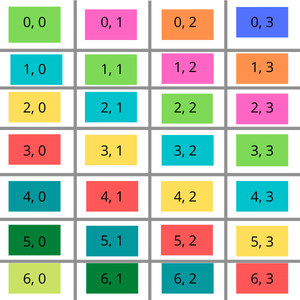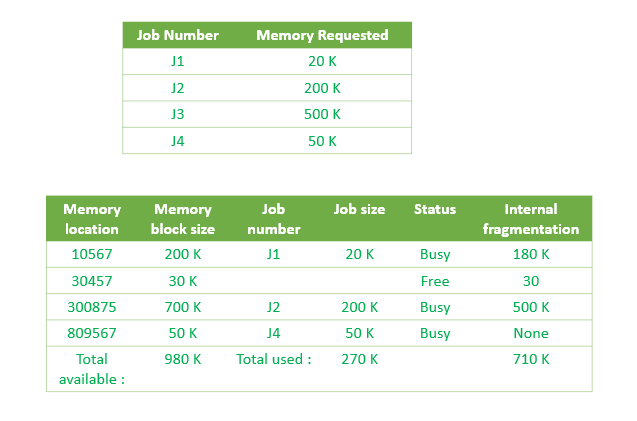
Toeplitz Matrix Checker: 3 Easy Ways to Identify Diagonal-Constant Matrices in Your Data (with Examples)
Are you wrestling with matrices and wondering if a given matrix is a Toeplitz matrix? Don't worry, we've got you covered! This guide provides a simple, step-by-step approach with multiple methods and clear examples to quickly determine if your matrix has the Toeplitz property.

What is a Toeplitz Matrix? (And Why Should You Care?)
A Toeplitz matrix, also known as a diagonal-constant matrix, possesses a unique characteristic: every descending diagonal from left to right contains identical elements. This property is crucial in various applications, including digital signal processing, image processing, and solving certain types of differential equations. Recognizing this pattern can help optimize algorithms and improve data analysis.
- Easy Definition: Think of it as a matrix where the diagonals hold constant values.
- Real-World Relevance: Used in image processing, signal processing, and more!
- Time-Saving Tip: Identifying Toeplitz matrices allows efficient algorithm design.
Method 1: The Direct Diagonal Check (Simple and Intuitive)
This approach systematically traverses each diagonal, verifying if all elements within that diagonal are the same. It's straightforward and helps build a strong understanding of the Toeplitz property. This method provides a foundational understanding by manually checking each diagonal.
- Iterate through starting points: Use each element in the first row and first column as the start of a diagonal.
- Compare elements: For each diagonal, check if every element matches the starting element.
- Early Exit: If a mismatch is found, the matrix is NOT Toeplitz.
- Time Complexity: O(n * n) - Checks each element in the worst case.
- Space Complexity: O(1) - No extra space required.
Method 2: Comparing with the Top-Left Neighbor (Most Efficient)
This efficient method scans the matrix, comparing each element to its top-left neighbor. It's a streamlined approach that minimizes computations. It's the fastest straightforward method.
- Start from the second row and second column: This is where the comparison starts.
- Compare
mat[i][j]withmat[i-1][j-1]: Check if the current element equals its top-left neighbor. - Immediate Return: If you find any difference, the matrix is not a Toeplitz matrix. Otherwise, it is.
- Time Complexity: O(n * n) - Still needs to check almost every element, but code is concise.
- Space Complexity: O(1) - Minimal memory usage.
Method 3: Hashing for Diagonal Identification (Great for Large Matrices)
This approach assigns a unique identifier to each diagonal and uses a hash map to store the first encountered value. The primary advantage is its ability to quickly detect mismatches across different diagonals.
- Calculate Diagonal Key: Subtract the column index
jfrom the row indexifor each element (i - j). This is the unique ID of the diagonal. - Store in Hash Map: Store the first value seen for each diagonal key in the hash map.
- Check for Mismatches: If a key already exists, compare the current element with the stored value. Return
falseimmediately if they differ.
- Time Complexity: O(n * n) - Iterates through all elements of the matrix.
- Space Complexity: O(n) - Stores diagonal keys in a hash map, which grows linearly with the number of diagonals.
Code Examples (Conceptual)
While full code implementations can be found on GeeksforGeeks (linked above!), here's a conceptual snippet in Python showing the core logic of Method 2:
Choosing the Right Method
- Small Matrices: Method 2 (comparing with the top-left neighbor) is generally the fastest and easiest to implement.
- Large Matrices: Method 3 (hashing) can be beneficial due to its efficient mismatch detection, especially if mismatches are likely.
- Learning/Understanding: Method 1 (direct diagonal check) is perfect for grasping the fundamental concept.
By using these methods, you can confidently determine if a matrix is a Toeplitz matrix! Remember to consider the trade-offs between space and time complexity when choosing the most appropriate method for your specific use case.












